My travelogue of Morocco 2009
North African adventures – medinas, High Atlas mountains, Sahara desert:
Our trip to southern Morocco in autumn brought us (I usually travel with my husband and our teenage son) first to Marrakech (one night), then to the south (three nights) meaning via High Atlas to the most southern point of Morocco called M’Hamid (the Sahara desert begins there …) and back to Marrakech for five more nights.
After a pleasant flight with Easy Jet (actually our first one with this airline) we arrived in Marrakech early in the morning. Our first task – to get a taxi to our first hotel in the medina – turned out to be tedious because these taxi drivers in Morocco are out to cheat the passengers. But never mind …, after a short ride we safely arrived in our first hotel, Jardins de la Medina. 
As far as the hotels (and restaurants) in Morocco are concerned please have a look on the correspondent Google Map (posted some time ago). I’m also going to post separate reviews on the individual hotels (published also on TripAdviser) shortly. You have to know that most cities in Morocco have an old town called medina and a new town. The medina is normally the place to go also in Marrakech 
and you should make sure to have your hotel there because there isn’t anything similar as far as I know. You can’t imagine the hustle and bustle in these medinas: donkey cars, scooters and when the street is broad enough oodles of cars and of course people in heaps thrust themselves through the narrow alleys, unbelievable! 
But when you arrive at your hotel a new world is waiting for you. Hotels in the medina are usually so-called riads. These are courtyard mansions hiding behind metre-thick walls blocking out all the street noise and they are oases of calm. You will find there gardens with palm trees and fountains, quite a lot of the riads have also a swimming pool, really a heaven on earth. 
After a first day of sightseeing in Marrakech we left the city for the present to get to know the scenic south of Morocco. Our private driver (very recommended and not that expensive) picked us up at our hotel and we left for Ouarzazate, 
a middle-sized town at the last plateau of the High Atlas before the Sahara desert. Driving over mountain passes, seeing a lot of picturesque Berber mountain villages, viewing kashbas (ancient Berber castles) is indeed wonderful. Don’t miss the Kasbah Telouet and Ait Benhaddou (film location for “Lawrence of Arabia” a.s.o.). 
The next day – heading for Zagora – we crossed the fertile Draa Valley with its extensive oases with date palms.

Explore them by foot and/or by car (your driver will know where to go). After leaving the ancient caravan station of Zagora (famous for its plate “52 days until Timbuktu”) 
we finally arrived in M’Hamid, the most southern point of Marocco and the beginning of the Sahara desert, the ideal spot for a camel ride or even a camel trekking lasting several days in case you should like this (we didn’t …).

Then all the way back to Marrakech, followed by another day in the High Atlas,

and this in the mountain village of Imlil where you can climb on the highest mountain of North Africa, Djebel Toubkal (4167 m), or do only a “normal” hike like ourselves, but be aware it’s steeply rising for half of the time.
Back in Marrakech we had several days left for exploring this magnificent city (our riad for this time was Noir d’Ivoire, highly recommended).

Allow enough time for drifting in the narrow alleys of the medina, it’s really an unusual experience, so different from the ambiance of our western cities. Certainly don’t miss the place of Djemaa El-Fna where a great show is going on the whole day (foot stalls, vendors, henna tattoo artists, entertainers a.s.o.), best time is late afternoon. Then visit the ancient Koranic school of Ali Ben Youssef Medersa with its splendid architecture, go to the pompous Bahia Palace and make an excursion to Jardin Majorelle where Yves Saint Laurent created a spectacular garden. 
Last but not least have a Moroccan feast beginning with several cooked salads, followed by a pigeon pie, next is some slow-cooked meat, then couscous with vegetables and finally a pastry with cream and almonds. As far as the meals in general are concerned, the portions are normally huge and I had the impression that the variability of the food isn’t that considerable. When you want to have meat e.g. you only get low priced pieces for slow-cooking, I never got a fillet or something like this in a Moroccan restaurant (What do they do with this high-priced pieces?) And be aware of the fact that you have to be careful at what you eat (pay attention to the rule: peel it, cook it or forget it) then otherwise a stomach irritation or worse can result. 
But back to the beautiful things in life, Morocco is really worth a trip because it’s totally different from the western way of life and that makes it so fascinating!

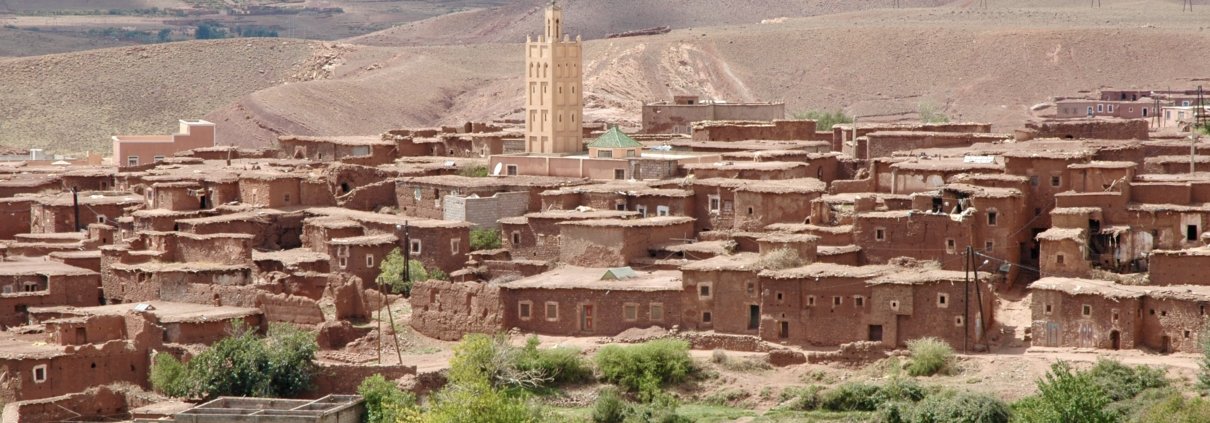
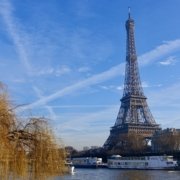
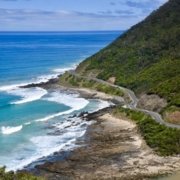
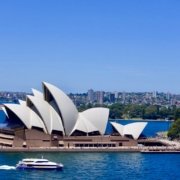
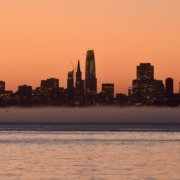
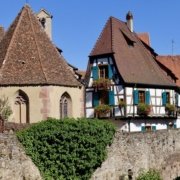
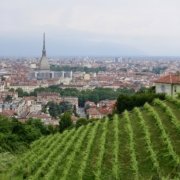


Leave a Reply
Want to join the discussion?Feel free to contribute!